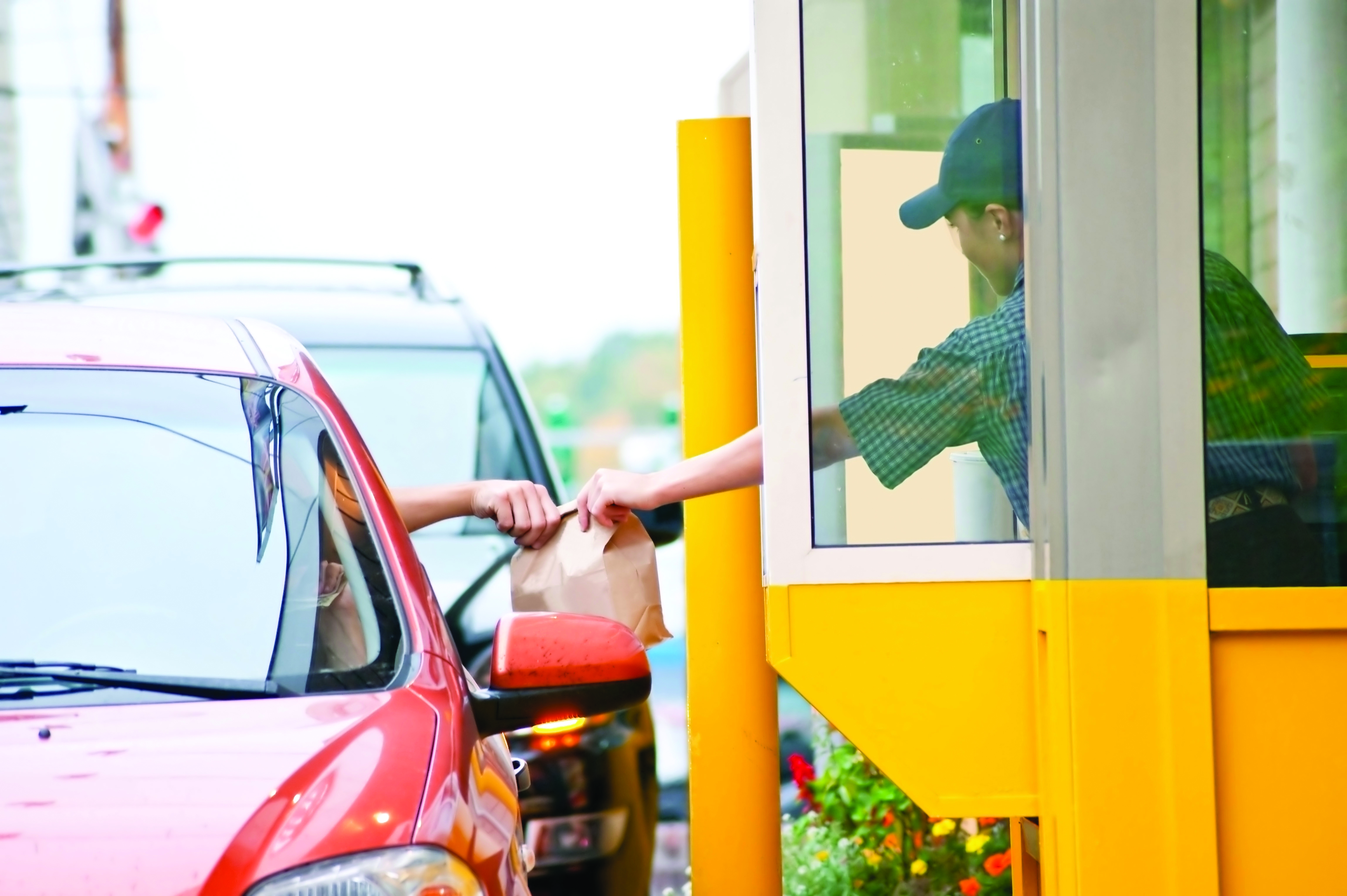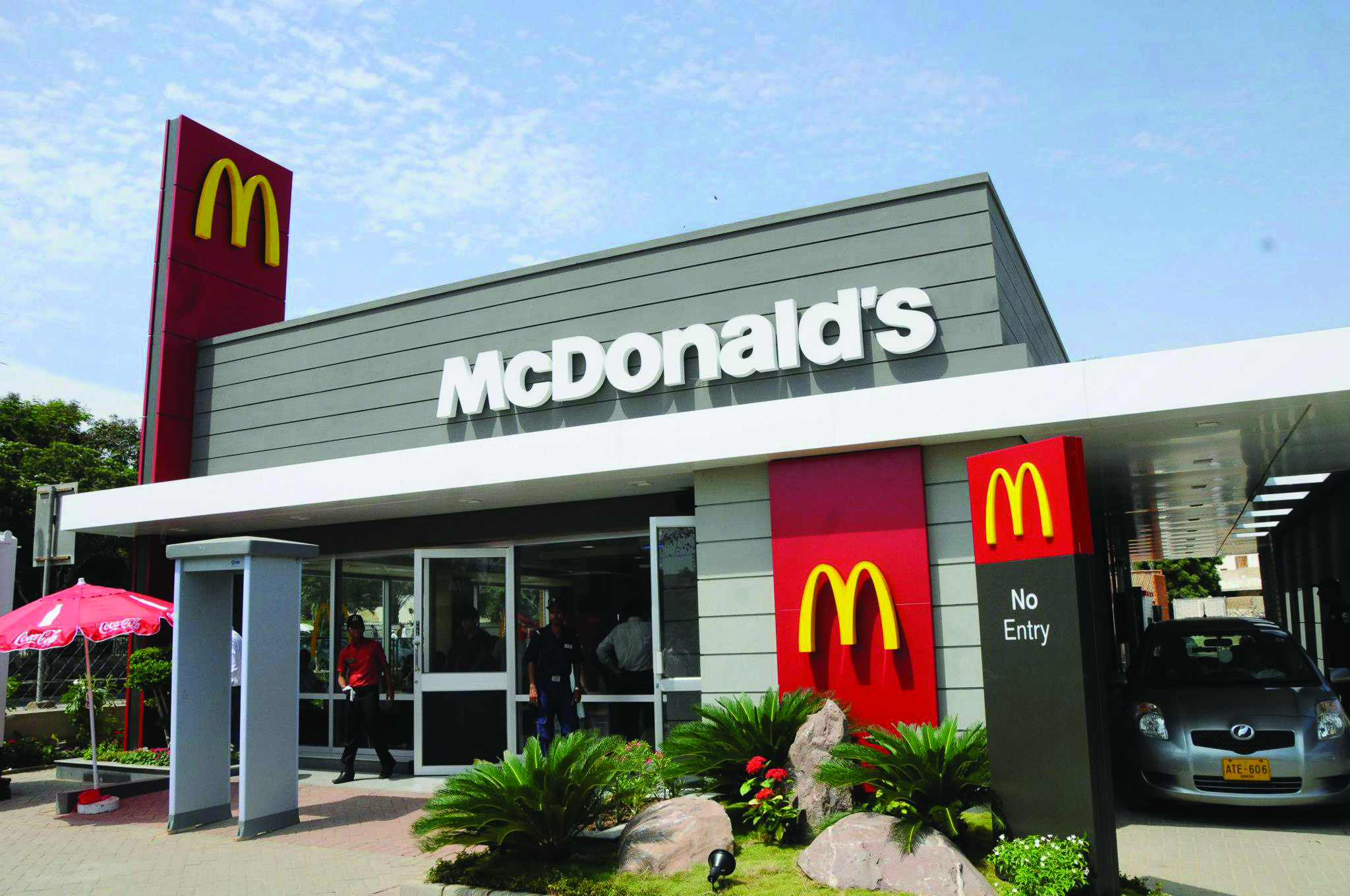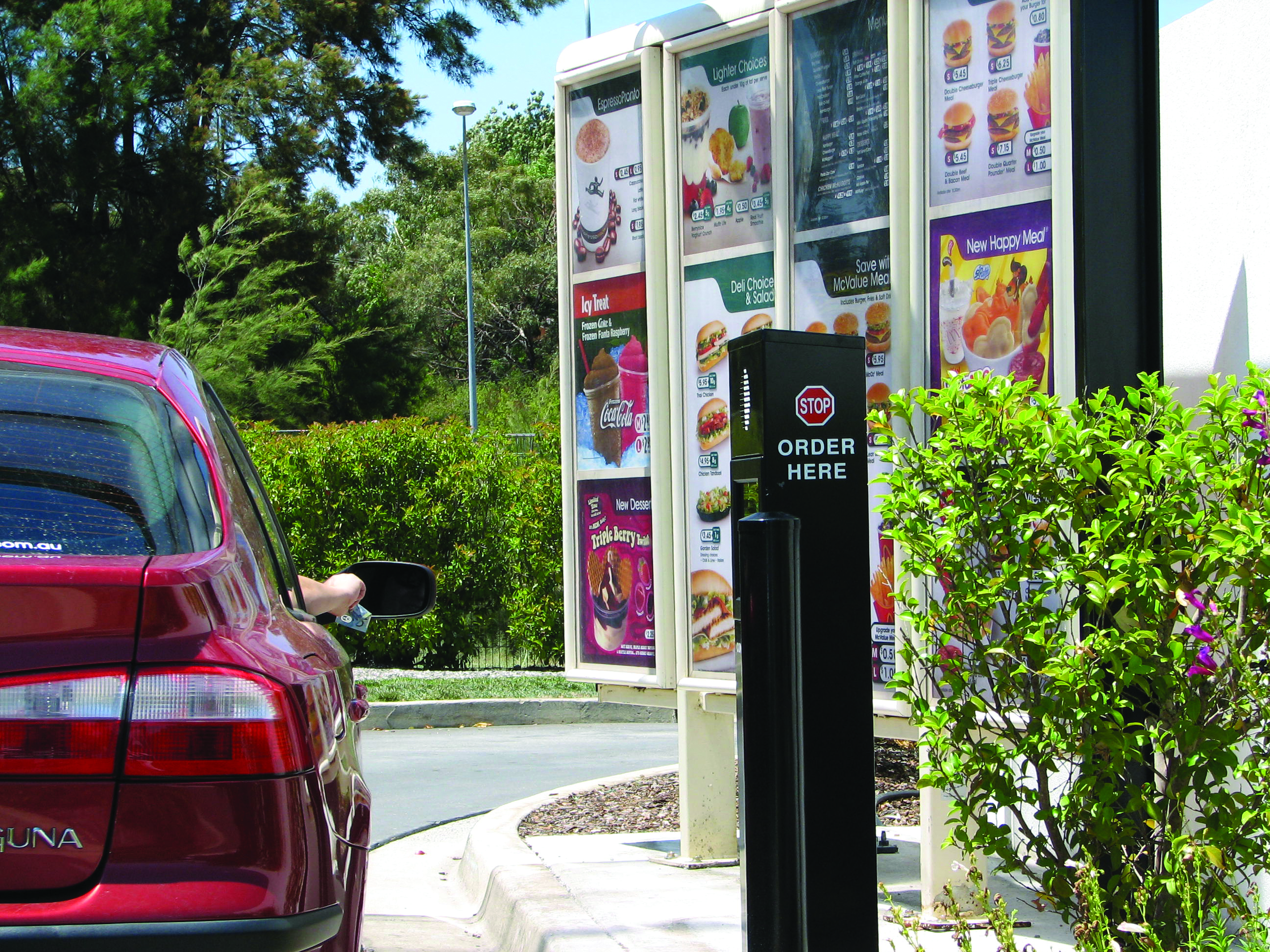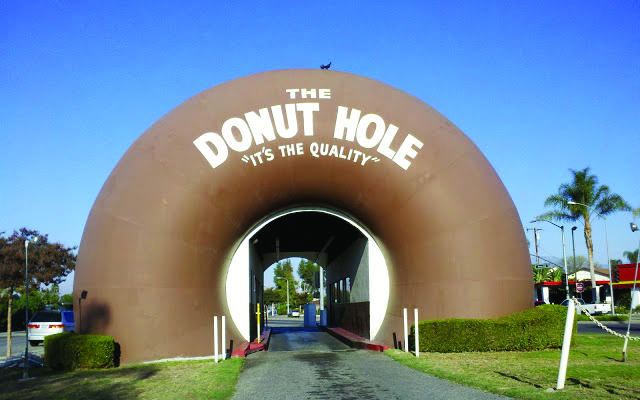Fast food and Quick Serve Restaurants across Asia have traditionally been “inline” stores in a shopping strip. Across the western world, the trend over the last 30 years has been to Drive Thru’ s, almost at the exclusion of any free standing restaurant that cannot offer a Drive Thru being sold, or knocked down. In many countries such as Australia and the USA, we would be expecting around 60 – 70% of all major fast food restaurants like McDonalds and KFC to be what they call FSDT – Free Standing Drive Thru, and probably selling well over 60% of their revenue thru the Drive Thru windows.
The science of drive thru’ s has greatly improved over the years where the process now starts well away from the store where you read the menu boards and place your order into the microphone. In many large stores you then drive forward into a window where you pay your money, and then drive on again to the window where you collect your food before heading out. This maximises the efficiency and moves the maximum number of customers thru the service lanes.
Food sold thru the drive thru is a great revenue earner for the operator, as all the rubbish and cleaning up departs with the driver and passengers as they leave, making for reduced table service, restaurant space and overall in house operations. The US fast food industry—with all the producers combined is worth an astounding $299 billion. For every fast food chain, about 60%-70% of the sales they have come from their drive thru services.
The time of service normally stays within the range of about 2-3 minutes for every customer and it should still be the goal of the fast food managers to oversee the speed as well as the accuracy of their crew to guarantee customer satisfaction. So as cars become even more numerous across Asia, will the western trend to Drive Thru service increase and cause an increased need for more Drive Thru restaurants?
What do we look for in a Drive Thru restaurant?
The first item that has to be addressed is probabaly the larger footprint required compared to an Inline store, meaning more land has to be leased or purchased to meet the needs of the cars in simply being serviced. In Australia, many old service stations were taken over to become Fast food restaurants, normally around the 1,200 – 1,600 sq m in size. This became a great way for the oil companies to reduce their holdings and rationalise, as there was always good demand for the old sites, normally well situated on busy corners. In some cases you can incorporate a QSR with a petrol station such as the one below:
Obviously a good Drive Thru requires a higher level of investment than mot Inline stores, and you therefore need the extra revenue to justify the cost.
Site suitability is the physical items the site can offer. Many years ago when working with KFC, we use to see huge variation from the little, original stores that had 20 seats to the more modern 100 seat restaurant. If leasing an existing store, these areas must be considered. ie. Number of tables, counter length, outside seating, drive-thru windows and queuing, access, parking and many more physical attributes. Even small footprint drive thru coffee stores are springing up quite a bit at present. The second Driver they must be looking for is traffic, and how many vehicles per day pass the store. Traffic measurement can be done in many ways, Government Roads Departments, Councils or a team of people standing outside with a counters! The normal measurement you are looking for is 24 hr, both direction, weekday traffic counts. Basically if you want a successful Drive Thru restaurant, you must be confident that there are plenty of cars going by, and they can drive in and out as easily as possible.
The third Driver is visibility, because you can have a great store, great traffic, but it needs to be seen, preferably from far enough away so the drivers can make a conscious decision to turn in. Visibility of signage and the building both contribute to a highly visible FSDT.
My next item is the demographics. It is no good having a store selling one product range when either there are few people in the area (unlikely in most Asian cities), or they are not likely to be your customer. Whilst companies like ours can provide detailed demographic information, you can always seek your own information from local authorities in terms of demographics, income etc that will give you confidence that the population can afford what you have to offer.
Think in terms of what you are selling, the pricing point and who you are selling to. If your average meal price point is very high, then selling into low socio economic areas is probably less attractive than high socio economic areas. If you are selling kids meals and ice cream, then young kids and their parents should be the best target audience. A Target Market Index is one way of putting together 2 or 3 demographic variables to see which areas are best for what you are selling.
My final point is competition. In QSR’s we have seen the advent of what we call a Cluster. A cluster is a group of 3 or 4 QSR’s that may share common access and parking, and they are successful as they offer a variety for a family to shop at. As well, the average rental may be slightly lower than a pure stand alone, as the site efficiency is better with shared parking and multiple access points.
Our view is that it is a “friend and foe” situation exists, where the others in the cluster actually work for each other to bring in a greater amount of business than the sum of the individuals would bring in alone. On the other hand being a single store, say 1 km away from a strong cluster is detrimental, as a single store does not have the attraction of a cluster. In $ terms, we use to estimate each additional store in the cluster added around $1,000 pw. sales to the client we were working with.
Summary
The 5 top things for consideration for a FSDT QSR are Traffic, Visibility, Physical site issues, Demographics and Clustering. If you can get all these right, you may become the next dominant QSR in your chosen area.











